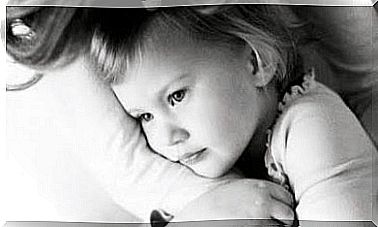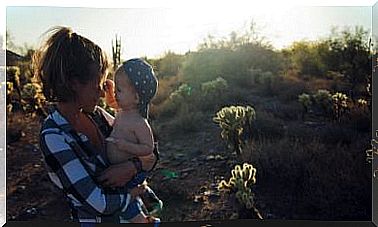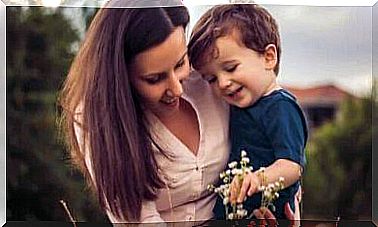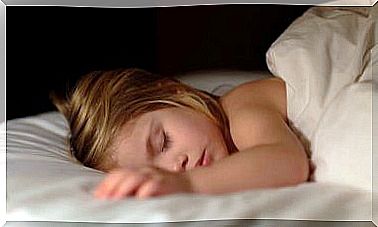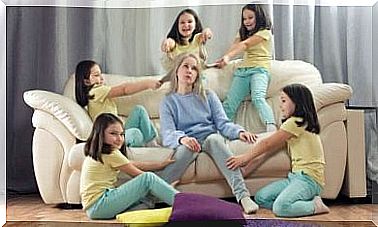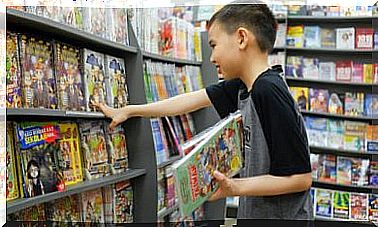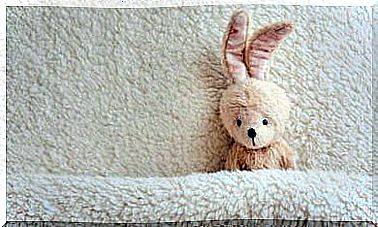Federico Froebel’s Kindergarten
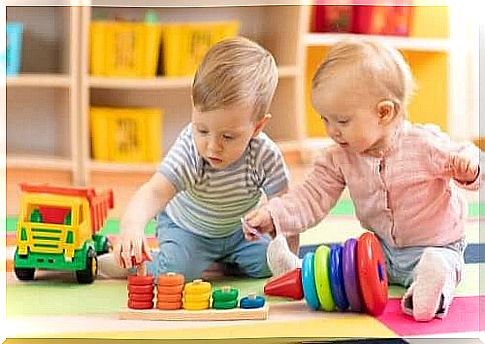
Friedrich Fröebel or Federico Froebel, born on April 21, 1782, in Germany, was a German pedagogue who created the concept of ‘kindergarten’ or ‘kindergarten’. Kindergartens correspond to a pedagogical program developed by Froebel based on the need to pedagogically assist preschool-age children through games.
Froebel is considered by many people to be the founder of early childhood education, as he was responsible for thinking and organizing this educational stage according to specific criteria, methodologies, resources and teaching materials.
History of Federico Froebel’s Kindergartens
Kindergarten emerges as an alternative to the reform of traditional preschool education. That is, as a way to break with the model of mass schools and closed architecture that did not contemplate the direct contact of children with their natural environment.
In addition, Froebel also rethinks the structure of the family and its creation practices, which, according to him, should be reinforced by education in the public and professional field of an institution.
Froebel was a disciple of Pestalozzi, who delegated much of the responsibility for the education of children to mothers and the home. However, Froebel, although admitting this initial idea, also defended an education that continued with this work, but outside the family sphere.
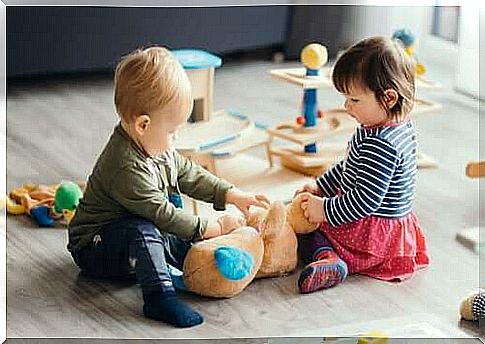
For Froebel, there should be, in addition to an educational role attributed to women, as Pestalozzi maintained, a public institution responsible for training children of preschool age in citizenship.
Thus, kindergarten represented a compromise between the education of children at home and that which was carried out in an institution. By limiting periods to three or four hours a day, kindergarten was intended to complement, not replace, the family.
In 1937, he opened his first crèche, which three years later he would call “kindergarten”. And, precisely, he chose this name because it was a place where children were considered plants in a garden and the teacher acted as a gardener.
His pedagogical ideas developed and put into practice in the models of institutions called kindergartens were later extended throughout Europe and in several countries around the world, up to the present day.
Main features of kindergarten
The main objective of kindergartens was to offer a natural and inclusive education in an organized school space, but at the same time open, dynamic and flexible, in which children could develop and express themselves fully.
Froebel’s pedagogical methods that were used in kindergartens tried to raise the awareness of children in relation to their relationship with the whole and with diversity, in permanent harmony. Through music, games and toys, body expression and cooperation with others were worked on.
Discipline was oriented towards cultivating the child’s nature, not restricting it, giving special importance to the child’s spontaneous activity. Thus, Froebel sought, through education, a complete development of the child, seeking that it was:
- Active. Awakening creative skills through action and play, which is what connects them to the world.
- Sensitive. Promoting the perception and development of your sensory organs from the contact with the world, beings and objects around you.
- Cognitive. Product of this contact with the world and with reality.
The ‘gifts’ for learning in kindergarten
To achieve his educational goals, Froebel developed a methodology based on the use of simple materials, creating so-called ‘gifts’ or ‘gifts’. These were solid objects based on geometric figures (cube, cylinder and sphere), whose complexity was increasing.
They constituted specific didactic materials for children to play and carry out different didactic-formative activities.
Froebel’s intention was that, through these materials, children could acquire manual skills and exercise their senses while learning the representation of form, color, movement, matter and its association with the word.
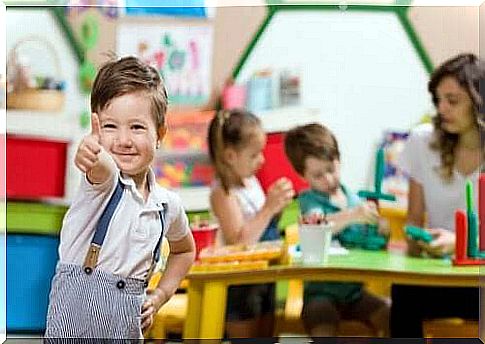
The gifts consisted of:
- Color: six rainbow-colored balls of thread.
- Shape: ball, cylinder and wooden cube.
- Number: a cube that can be disassembled into eight smaller cubes.
- Extension: a cube that can be disassembled into eight parallelepipeds.
- Symmetry: a cube that can be disassembled into 27 cubes.
- Proportion: one cube that can be disassembled into 27 small parallelepiped cubes.
- Surface: wooden signs, whole squares and half squares of different colors.
- Lines and contours: rods of different lengths, complete metal circles, semicircles and quadrants, all in different colors.
- Stitches: pebbles, lentils, peas, pieces of cardboard.
- Reconstruction: sticks and plasticine balls to go back from the point to the figure.
Final considerations
To achieve his educational goals, in addition to games and working with the ‘gifts’, Froebel worked with the children in two other activities. These activities consisted of ‘kinetic’ and ‘gardening’ games and completed the three axes of kindergarten activities.
Kinetic games consisted of races, dances and representations, which allowed the children’s bodily movement.
And ‘gardening’ allowed them to follow the evolution of a plant, from the moment it is planted until its flowering, and the necessary care for that to happen. In this way, through gardening, Froebel intended to make children discover themselves in nature.
